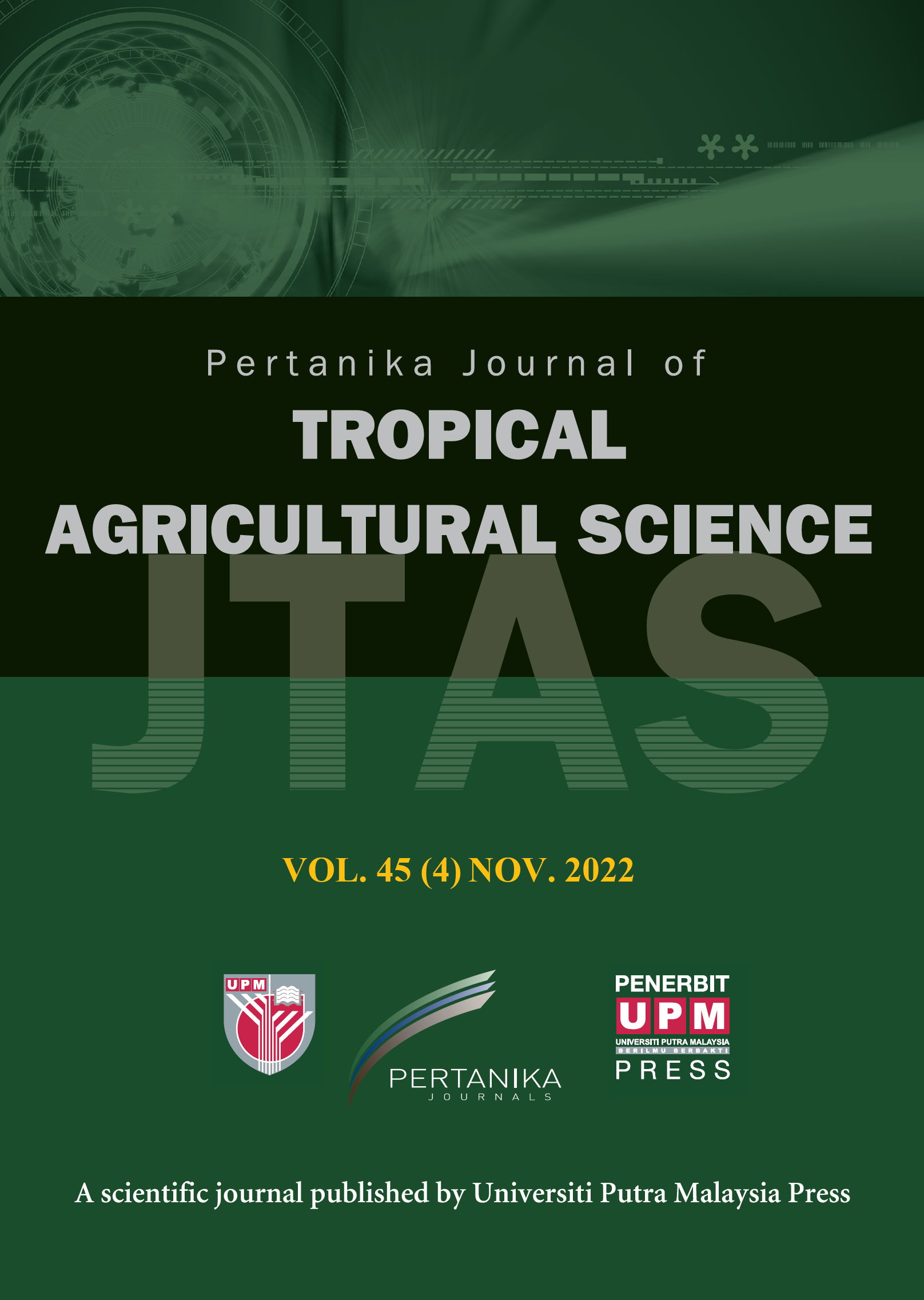In Silico characterization of the structure of genes and proteins related to b-carotene degradation in Musa acuminata 'DHPahang' and Musa balbisiana 'Pisang Klutuk Wulung'
Date
2021Author
Dwivany, Fenny Martha
Brotosudarmo, Tatas Hardo Panintingjati
Sukriandi, Nisrina
Meitha, Karlia
Metadata
Show full item recordAbstract
β-carotene is an important nutritional content in banana. However, its lifetime depends
on the enzymes controlling its conversion into strigolactone. To understand the involved
enzymes’ activity, which are β-carotene isomerase (D27), carotenoid cleavage dioxygenase
7 (CCD7), and CCD8, would be the key to manipulate the rate of β-carotene degradation.
In this research, the structure of genes and proteins of the D27, CCD7, and CCD8 from
Musa acuminata were characterized. ‘DH-Pahang’ and Musa balbisiana ‘Pisang Klutuk
Wulung’ (PKW). The corresponding sequence of genes from both species were aligned
to determine similarity and intron/exon positions. Domains and motifs in the sequences
of putative proteins of D27, CCD7, and CCD8 were also identified. It was found that
D27, CCD7, and CCD8 genes in DH-Pahang and PKW comprise of various nucleotide
sequence length, putative proteins, and
numbers and length of exons and introns.
However, the putative proteins possess
the same domains: DUF4033 (domain of
unknown function) in D27 and RPE65
(retinal pigment epithelium) in CCD7 and
CCD8. Phylogenetic trees showed that D27,
CCD7, and CCD8 proteins from DH-Pahang
and PKW are conserved and clustered in the same clades with the same proteins of
monocot plants. Hence, the results could
be useful for future research in optimizing
β-carotene content in banana.

